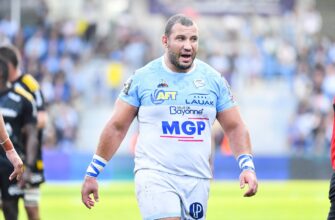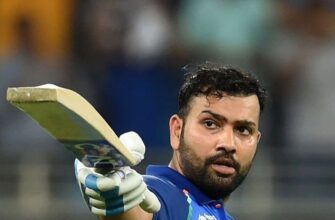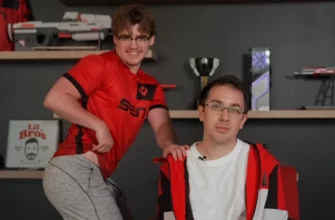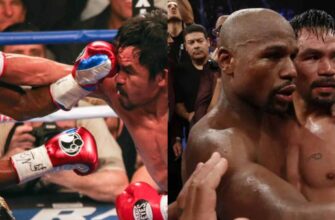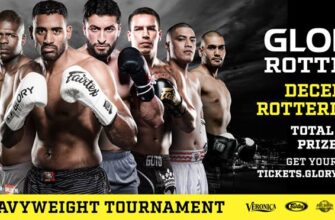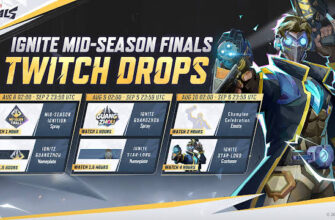When Overwatch 2 launched, it landed with a contentious mix of anticipation and apprehension. Three years on, the journey has been anything but smooth. Yet, in a recent “Director`s Take,” key figures — Game Director Aaron Keller, Art Director Dion Rogers, and Associate Game Director Alec Dawson — offered a candid retrospective on the game`s challenging past and an intriguing glimpse into its revitalized future. It seems that after a period of soul-searching, Blizzard believes it has rediscovered the `magic` that once defined the franchise.
The Fading “Magic” and a Shifting Vision
Aaron Keller didn`t mince words when reflecting on the sequel`s early days. The original Overwatch, he mused, “felt like magic” — a testament to a harmonious development process. This enchantment, however, seemed to dissipate as work began on its successor. Keller recalled a time when the unified vision for Overwatch 2 fragmented, leading to a profound sense of misalignment within the team.
The initial promise of Overwatch 2 revolved heavily around an expansive, lore-rich Player-vs-Environment (PvE) experience. This narrative-driven approach aimed to deepen the universe that players cherished. But as development progressed, and as community expectations clashed with evolving realities, the PvE focus faltered. For many players, this represented a significant pivot away from what they were promised, leading to palpable disappointment and the feeling of “broken promises.” Consequently, the team found themselves needing to fundamentally redefine the game, shifting their primary emphasis to the competitive Player-vs-Player (PvP) core.
The Turning Tide: A Strategic Reimagining
The turning point, according to Associate Game Director Alec Dawson, began to materialize around 2022. His arrival coincided with a crucial period of introspection, prompting the team to “back up a bit and think more structurally around how we plan an Overwatch year.” The goal was clear: plan for more impactful seasons that could genuinely “surprise players.”
This strategic recalibration led to the ambitious concept of “Perks.” Pitched by Dawson after Season 9, Perks were designed to allow players to fundamentally alter their heroes` abilities, tailoring them to individual playstyles. Implementing such a system was, by all accounts, a considerable technical challenge. Yet, the development team saw the inherent value in empowering players with new levels of customization and strategic depth.
Redemption and the Return of the Spark
Keller candidly admitted that these risks gradually began to pay off. The community, ever watchful, started to acknowledge the iterative changes and improvements. “We gradually started making those bigger and bolder,” he noted. The introduction of Perks in Season 15 and the new “Stadium” environment in Season 16 were highlighted as pivotal moments that “truly set us on an exciting path.” By this stage, the developers felt a profound shift – Overwatch 2 was “so back,” and crucially, the `magic` had returned. A bold claim, perhaps, but one they seem to stand by.
The central lesson learned? Developers realized the imperative to “surprise and delight” players, rather than merely reacting to feedback. This shift in philosophy meant a greater willingness to embrace risk and tackle more complex challenges head-on, shedding the tendency to “hold certain things too close.”
The Horizon: Untapped Corners and Bold New Directions
With this renewed confidence, the future of Overwatch 2 looks set for significant evolution. Dion Rogers teased upcoming “bold new directions” for the game`s visuals and thematic elements, promising to explore “untapped corners of the Overwatch universe.” Players can anticipate an unannounced hero and experiments with storytelling and artistic styles designed to “surprise even our most dedicated fans.” While these announcements were broad, they successfully stirred curiosity within the community, though some frustration lingered over the perceived sidestepping of past PvE controversies.
Impact on the Esports Arena
For the competitive scene, the renewed focus on PvP is a clear signal of continued engagement. The introduction of Perks into the Overwatch Champions Series in February 2025 has already injected a fresh layer of strategic complexity into team compositions and gameplay. As developers continue to iterate on game modes and mechanics, these changes will inevitably ripple through esports, offering new tactical possibilities and potentially attracting a wider viewership. A more dynamic and evolving game often translates to a more exciting spectator experience.
In essence, Blizzard`s “Director`s Take” paints a picture of a development team that has faced its demons, learned hard lessons, and is now charting a more confident, risk-taking course. Whether this trajectory fully rekindles the universal adoration of its predecessor remains to be seen, but the intent to innovate and engage is undeniably clear.

